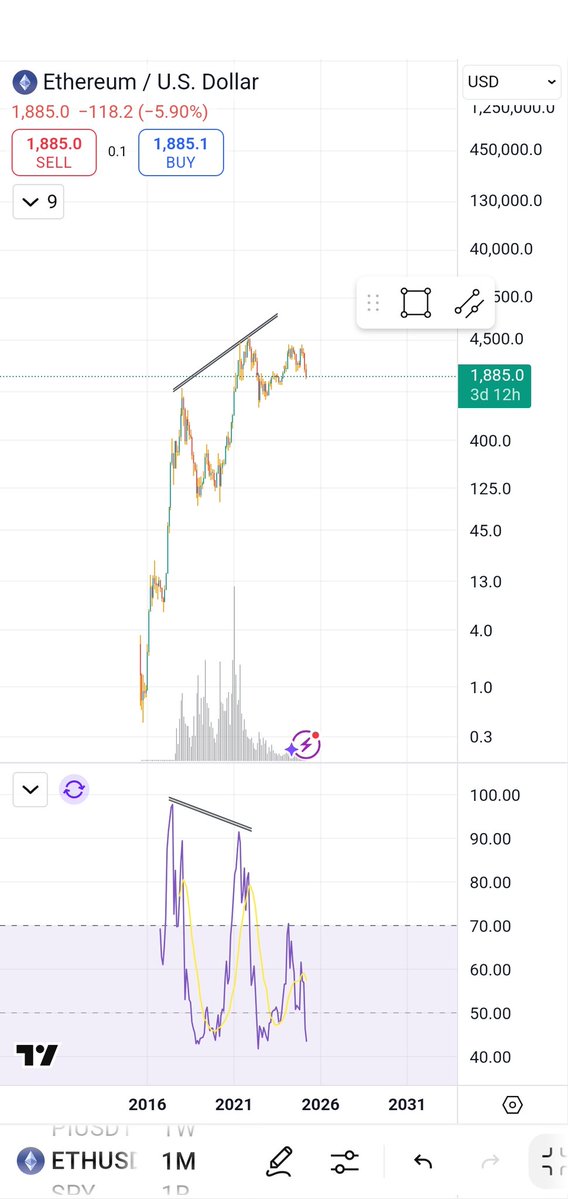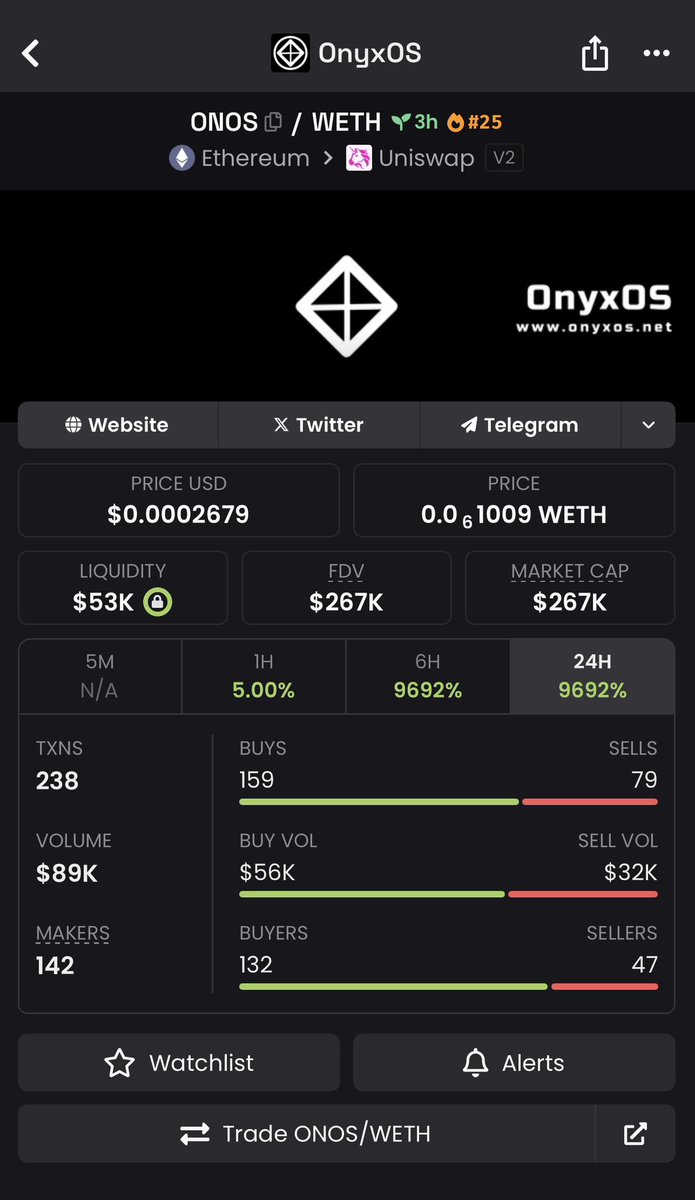Crypto Chart Analysis: A Tale of Two Coins
Introduction
Imagine you’re a detective, and the cryptocurrency market is your crime scene. The charts are your clues, and every line, every pattern, tells a story. Let’s examine two tweets from March 28, 2025, and use Ethereum’s chart as our case study, unraveling the mysteries hidden within.
The Power of Divergence
Understanding Divergence
Divergence is our first clue, a powerful tool in technical analysis that hints at potential trend reversals. It’s like finding fingerprints at the crime scene that don’t match the suspect’s. In our case, it’s when the price of an asset moves in the opposite direction of an indicator like the Relative Strength Index (RSI) or Moving Averages (MA).
Michael Adonri’s Insight
Michael Adonri, a.k.a. @kingtee_rex, spotted a bullish divergence on Ethereum’s chart [1]. He didn’t trade corrections, but his tweet serves as a reminder of the importance of spotting these signals.
*Figure 1: Ethereum Divergence (Source: TradingView)*
In Figure 1, while Ethereum’s price (blue line) was making higher highs, the RSI (orange line) was making lower highs. This suggested that the buyers were losing momentum, setting the stage for a potential correction.
Mastering the Charts
The Importance of Analysis
Pixel Den, @pixelden_crypto, emphasizes the significance of chart analysis [2]. It’s not just about spotting patterns; it’s about understanding the story behind the lines. Each line, each pattern, is a clue that helps us piece together the narrative.
*Figure 2: Ethereum Chart (Source: TradingView)*
Figure 2 shows Ethereum’s chart with various indicators and patterns. Each line tells a part of the story. For instance, the uptrend in price (blue line) suggests that the market is bullish. The moving averages (red and green lines) provide context, showing the trend over time. The RSI (orange line) gives us an idea of the market’s momentum.
Strategize and Execute
Analyzing charts is just the first step. Once you’ve identified a potential trend or reversal, you need to strategize. This could involve setting stop-loss orders to limit your risk, deciding on position size to manage your exposure, or even waiting for confirmation signals to increase your confidence in your trade.
Execution is the final step. It’s about turning your analysis into action. This is where discipline comes into play. Stick to your strategy, and don’t let emotions cloud your judgment. Remember, the market doesn’t care about your feelings; it only cares about your actions.
Conclusion: Chart Analysis in 2025
The Future of Trading
In 2025, chart analysis is more important than ever. With the rise of algorithmic trading and high-frequency trading, understanding charts is not just an advantage; it’s a necessity. These algorithms are programmed to react to chart patterns and indicators, making chart analysis a crucial part of any trading strategy.
But remember, chart analysis is not about predicting the future. It’s about understanding the present and making informed decisions. It’s about spotting trends, identifying patterns, and using that knowledge to your advantage.
So, whether you’re a seasoned trader or just starting out, master the charts, and you’ll be one step closer to mastering the market.
Sources
Further Reading
– Investopedia’s Guide to Technical Analysis
– TradingView’s Learning Center
– CryptoQuant’s Blog





